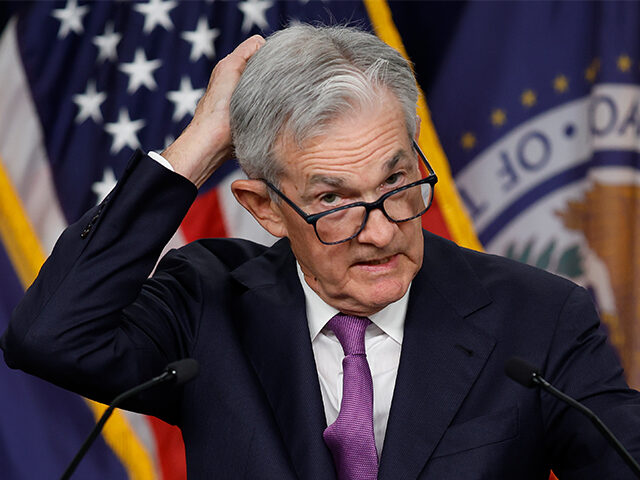U.S. Labor Costs Jump, Indicating Rising Inflationary Pressures
 Chip Somodevilla/Getty Images
Chip Somodevilla/Getty Images
The cost of labor for U.S. companies rose at a much faster pace than expected in the first quarter, challenging expectations that the Federal Reserve will cut rates later this year and raising the prospect of persistent inflation.
The employment cost index rose 1.2 percent in the January through March period, an acceleration from the 0.9 percent increase recorded at the end of 2023, the Bureau of Labor Statistics said Tuesday. This amounts to an annual rate of 4.8 percent, the highest since the third quarter of 2022.
The first quarter increase exceeded the consensus forecast of 0.9 percent. It was higher than the top of the range of forecasts in the Econoday survey.
The employment cost index (ECI), a broad measure of labor costs that includes wages and benefits, is closely watched by Fed officials and considered by many economists to be the best gauge of wage inflation. It is seen as the most accurate measure of how much labor costs businesses, nonprofits, and governments.
Fed officials have said that they think that the rate of increase needs to be near pre-pandemic levels of around three percent annually for inflation to sustainably return to their two percent target.
Compared with a year ago, labor costs are up 4.2 percent. Before rounding, the ECI was up 4.193 percent, slightly higher than the 4.177 percent recorded at the end of last year.
The cost of wages and salaries, which make up around 70 percent of the index, increased 1.1 percent in the first three months of the year, matching the increase in the final quarter of last year. The rise in the ECI stemmed from an increase in the cost of benefits, which jumped 1.1 percent from the prior quarter's increase of 0.7 percent. Over the past 12-months, benefit costs have risen 3.7 percent.
Private sector employers saw wage and benefits costs rise 1.1 percent in the first quarter, up from one percent in the prior quarter and the highest since the first quarter of last year. Annualized, this amounts to a 4.5 percent rate on increase. Compared with 12-months ago, private sector ECI is up 4.2 percent.
Adjusted for inflation, private-sector compensation is up 0.6 percent from a year ago and wages are up 0.8 percent.
The unexpected rise in labor costs is likely to feed fears that inflation has accelerated. The major inflation indexes—the consumer price index, the producer price index, and the personal consumption expenditure price index—all show that inflation ran hotter in the first three months of the year than it had at the end of last year.
The market-implied odds of a Fed cut fell to around 50 percent on Tuesday following the release of the ECI, down from around 58 percent on Monday. The market is now giving three-to-one odds of a rate cut by the end of year, down from four-to-one recently.
Source link

